Culture and the events of history exist side by side, sometimes harmoniously, sometimes at odds. Several topics in this week's edition look at how artists and cultural institutions are exploring and responding to that connection today.
They're designed to make sure you continue to enjoy what you've come to value from Smithsonian Associates: programs and experiences that are entertaining, informative, eclectic, and insightful.
From Headlines to History
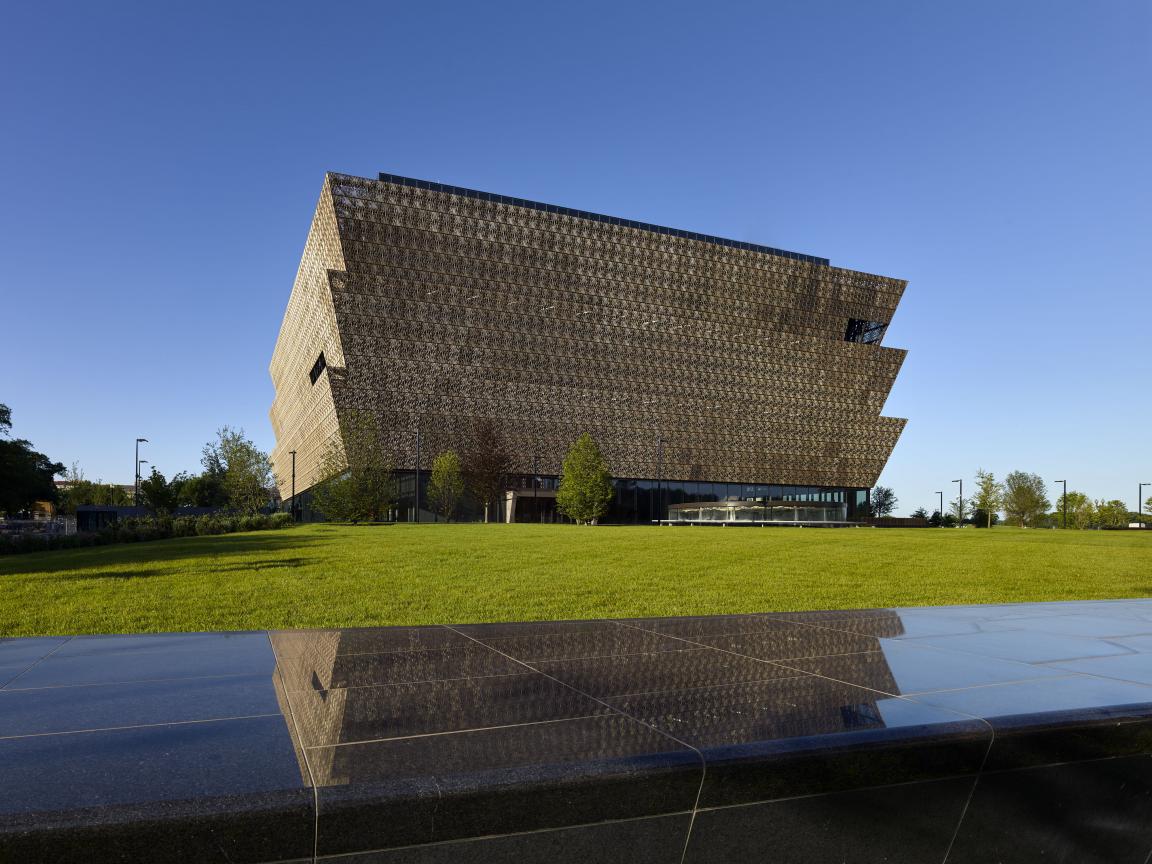
The protests over George Floyd's death that filled Lafayette Square were captured in headlines, broadcasts, and social media posts that reflected their raw and powerful immediacy. At the same time, staff members from three Smithsonian museums were already thinking about how these pivotal moments will play out as history. The Washington Post reports how a coalition from the African American History and Culture Museum, American History Museum, and Anacostia Community Museum collected scores of objects and personal stories from Lafayette Square to document and preserve—and eventually retell—what those days of protest and hope were like in Washington. A statement from NMAAHC places the efforts in the context of the museum's work.
Learn How Materials Were Collected
Artists on Resilience and Inspiration
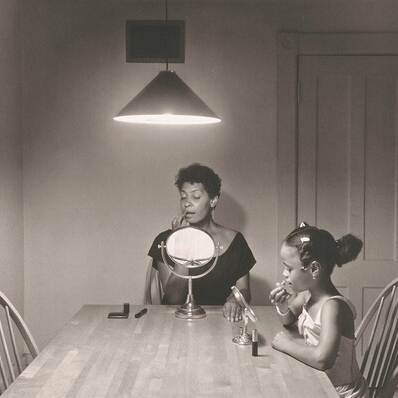
"Artists reflect the world back to us—sometimes as impossibly beautiful, other times as brutally honest or bleak...Their work has the power to both express and break through isolation and suffering." That reminder from the National Gallery of Art prefaces a collection of brief video clips from gallery talks with visual and literary artists that have particular resonance for today. Hear insights from Carrie Mae Weems, Kwame Alexander, Richard Mosse, and Elizabeth Alexander on topics including beauty, creativity, suffering, and triumph.
Watch the Gallery Talks
Music for the Eyes
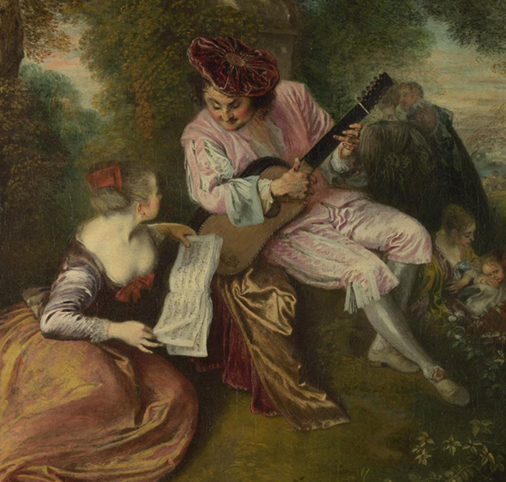
Fans of the programs on opera and classical music led by popular Smithsonian Associates presenter Saul Lilienstein will love a new online documentary series from England's Garsington Opera. Music for the Eyes links opera with visual art and literature to draw new connections between masterpieces. The episode on The Marriage of Figaro, for example, brings together the conductor and director of the Oxford-based company's recent production with an 18th-century art historian and a decorative arts specialist to examine the world of the opera, discussing everything from the rise of the middle class to the era's infatuation with gardens. The complete performance of the Mozart work is also available to view.
Explore the Series
Creative Sparks
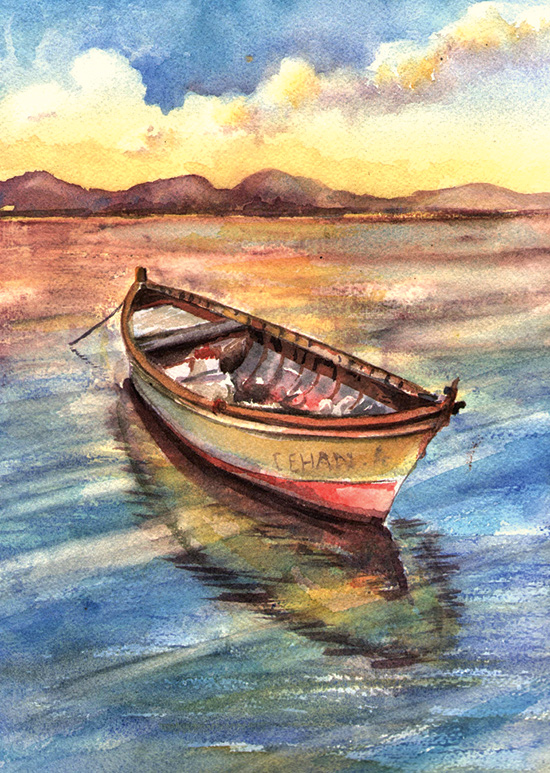
Have you promised yourself that now is the time to nourish (or discover) your creative side? Smithsonian Associates Streaming studio arts courses and workshops provide the perfect way to do that. Among the current offerings, you can learn how to nurture indoor orchids, capture landscapes in watercolor, master your digital camera's exposure settings, and get an introduction to basic tapestry weaving techniques and design. Nearly 30 more creative options join the list in July.
Browse Our Studio Art Classes
A Flight of Swans
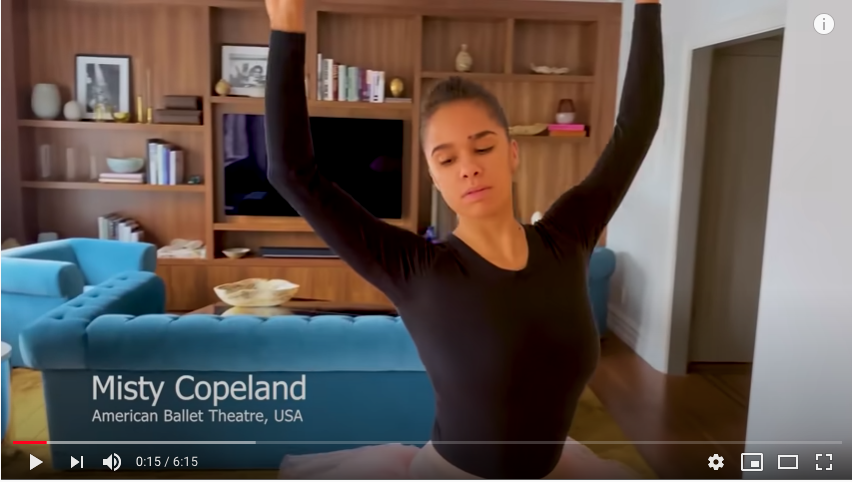
American Ballet Theatre principal dancer Misty Copeland and her colleague Joseph Phillips organized the Swans for Relief fund to help ballet dancers who are struggling financially due to the COVID-19 pandemic. In a video that's just over 6 minutes, 32 ballerinas representing 22 companies from 14 countries perform a variation called The Dying Swan, originally created for the legendary Anna Pavlova. Set to "The Swan" cello movement from The Carnival of the Animals by Saint-Saëns, Copland describes the solo as evoking "an inner struggle and a fight to survive."
Watch the Performance